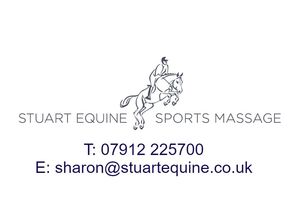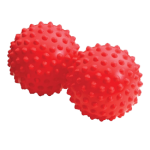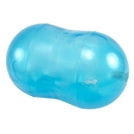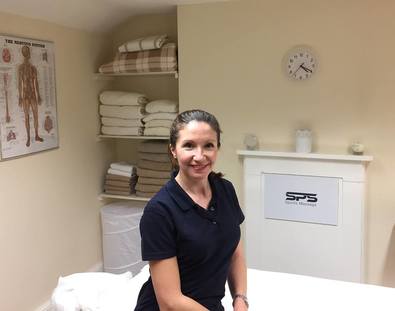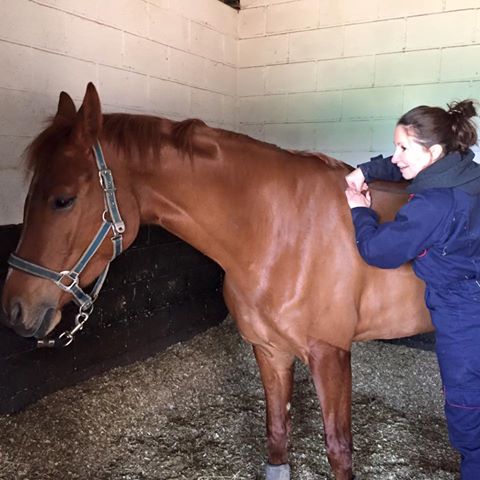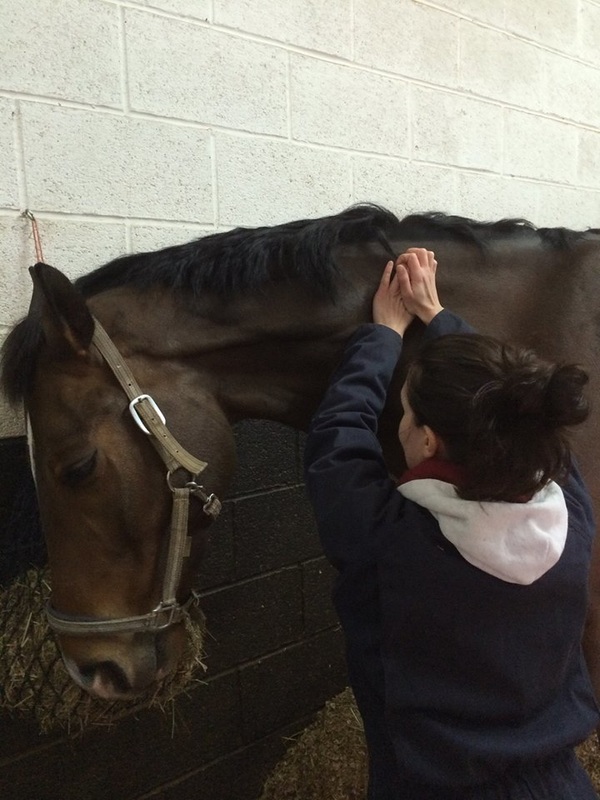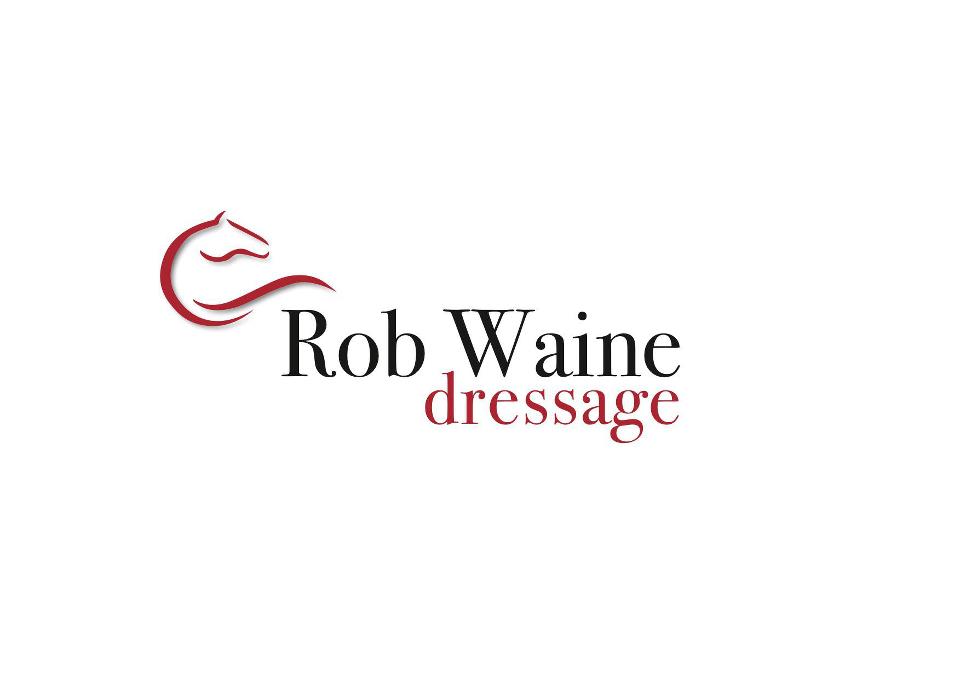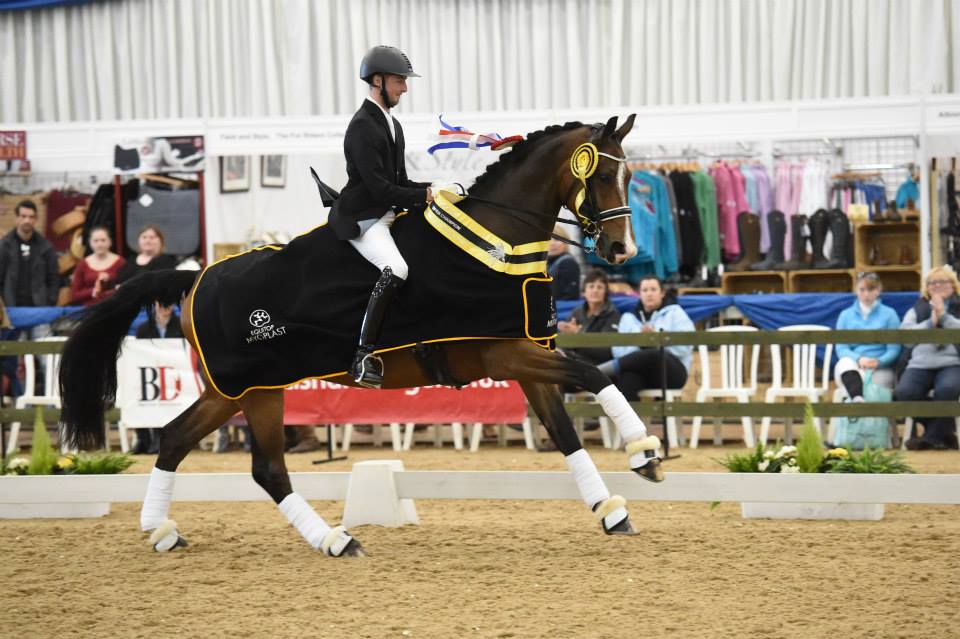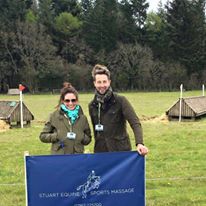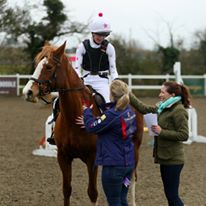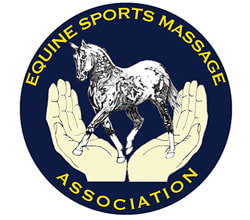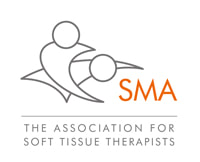Sponsorship, News and Special Offers
Please browse below for all news, events, special offers and sponsorship from Stuart Equine.
Its very important to us to support our industry. We sponsor a number of events, both professional and
grass roots, to encourage new competitors to our sport.
We are proud sponsors of Rob Waine Dressage, keeping Rob and his horses in tip top shape!
Its very important to us to support our industry. We sponsor a number of events, both professional and
grass roots, to encourage new competitors to our sport.
We are proud sponsors of Rob Waine Dressage, keeping Rob and his horses in tip top shape!
|
Franklin Balls – have you tried them yet?
Last week, I joined BHSII and UKCC Level 3 coach Karen Joynson, in a ridden training session using Franklin Balls. If you haven’t yet heard of them, Franklin Balls are air or water filled plastic balls, in varying shapes and sizes, which are used (in a riding capacity) to help the rider understand how to use their body to improve communication with their horse – so basically, being aware of how the rider’s body is affecting the horse’s way of going. It uses a system of DNI (Dynmaic Neuro-cognitive Imagery), by using imagery to retrain and control posture. M, the rider, had three areas he needed to work on – sitting more deeply, relaxing his arms, and loosening his grip with his knees - so was a good candidate as we had plenty to work with! Karen started with the seat by placing the ‘peanut’ between M’s seat and the saddle and asking M to concentrate on where the ‘peanut’ was and his position in moving the peanut in all three gaits. She then removed this and placed a ball under each armpit, allowing M to relax the muscles across the top of his shoulders, thereby allowing softer contact. Whilst doing this, Karen reminded M of his seat position by repeating ‘peanut!’. The horse started moving in a completely different way – more responsive to the seat and leg, relaxed, soft and forward – and although this wasn’t consistent at first, by the time the third set of Franklin balls had been placed just above the knee and then removed, with continual visual-based reminders from Karen, horse and rider were in a much better position. The amazing thing was the imagery – Karen only had to say ‘peanut’ and the whole shape and position of the rider changed in an instant – much more quickly than a full-blown explanation. The Franklin Balls work on the connection of brain with body via heightened sensory awareness and this could be seen by M’s thought process being much speedier by him actually feeling and recalling the movement more quickly to achieve a greater more effective response from the horse. My verdict? I loved them. For more information see franklinmethod.com |
Coffee morning dressage club
The RWD Unaffiliated Show season may have come to an end but don't be downhearted....
Rob Waine Dressage in conjunction with Stuart Equine are proud to bring you our Coffee morning dressage club
6 unique, fun filled and informative coffee, cake, training and human/horse massage mornings to wash away those winter blues and continue your training and preparation for the season ahead.
For more information call Sharon on 07912 225700
The RWD Unaffiliated Show season may have come to an end but don't be downhearted....
Rob Waine Dressage in conjunction with Stuart Equine are proud to bring you our Coffee morning dressage club
6 unique, fun filled and informative coffee, cake, training and human/horse massage mornings to wash away those winter blues and continue your training and preparation for the season ahead.
For more information call Sharon on 07912 225700
.Ground rules for stretching muscles
Active Stretching
Should be carried out as part of the warm up period, prior to main work
5-10 minutes of warm up with active forward movement in walk / trot / canter
Only stretch once the horse is relaxed
Post collection, stretch to relax, and stretch at end of session
Lateral stretching is more effective if done in walk (due to the horse being able to evade the stretch by using a bigger jump at trot)
Longitudinal stretching (over poles) should be done at walk and trot (walk distance 0.8 – 1.1m, trot distance 1.2 – 1.5m)
Passive Stretching
Passive stretching should ONLY be done on warm muscles
Passive stretching can cause injury if performed incorrectly. Ideally, observe or seek the guidance of a qualified therapist to start, and start with very small passive stretches such as rotations
Overstretching in hyperflexion / hyperextension can cause muscle injury, can cause tightening which will lead to muscle spasm. Never force the stretch. Forcing a muscle spasm can lead to a tear or pull in the muscle. Acknowledge any signs of discomfort by releasing the stretch
Perform the stretch in slow movements and replace the limb to its usual state gently
Do not stretch during or after rest periods, illness, injury or post-operatively until healed. Seek medical approval to re-start stretching
Do too little than too much. Start with 5 seconds. Build slowly to 15. Never more than 20
Adjust your stretching according to the horse’s needs. Compare the two sides when stretching. The aim is to even them out and straighten the horse
‘It may seem like wizardry when we have watched a horse struggle to perform a certain movement and suddenly find he is able to move quite freely. Rest assured, however, not even the professional equine therapists use magic wands. What they do is stretch! They may actually stretch part of a limb or muscle, or they may cause a muscle of ligament to stretch as part of a reflex response. Nevertheless, by stretching, and thereby redeeming the correct balance of tension across the horse’s muscles and joints, the energy flows and the mobility returns.
Source: Wyche, S MRCVS, ‘The Balance of Change. Tissue Transformations – As if by
Active Stretching
Should be carried out as part of the warm up period, prior to main work
5-10 minutes of warm up with active forward movement in walk / trot / canter
Only stretch once the horse is relaxed
Post collection, stretch to relax, and stretch at end of session
Lateral stretching is more effective if done in walk (due to the horse being able to evade the stretch by using a bigger jump at trot)
Longitudinal stretching (over poles) should be done at walk and trot (walk distance 0.8 – 1.1m, trot distance 1.2 – 1.5m)
Passive Stretching
Passive stretching should ONLY be done on warm muscles
Passive stretching can cause injury if performed incorrectly. Ideally, observe or seek the guidance of a qualified therapist to start, and start with very small passive stretches such as rotations
Overstretching in hyperflexion / hyperextension can cause muscle injury, can cause tightening which will lead to muscle spasm. Never force the stretch. Forcing a muscle spasm can lead to a tear or pull in the muscle. Acknowledge any signs of discomfort by releasing the stretch
Perform the stretch in slow movements and replace the limb to its usual state gently
Do not stretch during or after rest periods, illness, injury or post-operatively until healed. Seek medical approval to re-start stretching
Do too little than too much. Start with 5 seconds. Build slowly to 15. Never more than 20
Adjust your stretching according to the horse’s needs. Compare the two sides when stretching. The aim is to even them out and straighten the horse
‘It may seem like wizardry when we have watched a horse struggle to perform a certain movement and suddenly find he is able to move quite freely. Rest assured, however, not even the professional equine therapists use magic wands. What they do is stretch! They may actually stretch part of a limb or muscle, or they may cause a muscle of ligament to stretch as part of a reflex response. Nevertheless, by stretching, and thereby redeeming the correct balance of tension across the horse’s muscles and joints, the energy flows and the mobility returns.
Source: Wyche, S MRCVS, ‘The Balance of Change. Tissue Transformations – As if by
Sharon will be attending the British Dressage SW Region Camps throughout 2017.
Below are the remaining Camps of the year. They're set to be fantastically informative and fun!
30 - 31 May, BYRDS @ Unicorn, Stow on the Wold
23 - 25 June, Seniors @ Hartpury. Glos
9 - 10 August, BYRDS @ Bicton Arena, Devon
23 - 24 Oct, BYRDS @ Hartpury, Glos
28 - 29 Oct, Para's @ Unicorn, Stow on the Wold
11 - 12 Nov, Seniors @ Unicorn, Stow on the Wold
For further information and to book please see
http://www.britishdressage.co.uk/your_regions/south_west_region.
Below are the remaining Camps of the year. They're set to be fantastically informative and fun!
30 - 31 May, BYRDS @ Unicorn, Stow on the Wold
23 - 25 June, Seniors @ Hartpury. Glos
9 - 10 August, BYRDS @ Bicton Arena, Devon
23 - 24 Oct, BYRDS @ Hartpury, Glos
28 - 29 Oct, Para's @ Unicorn, Stow on the Wold
11 - 12 Nov, Seniors @ Unicorn, Stow on the Wold
For further information and to book please see
http://www.britishdressage.co.uk/your_regions/south_west_region.
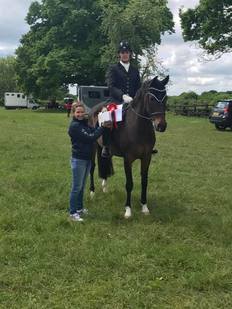
Congratulations to all the winners and competitors at the first Rob Waine Dressage Unaffiliated Dressage Show of the 2017 season. See you all again on 4th June. |
We are very pleased to announce that in conjunction with Rob Waine Dressage and Amanda's Pilates we will be running a Summer Day Camp on the 27th May!!!
This will be split into a Am camp and a Pm camp, 4 riders on each, so it will be a first come first served basis. This jam packed event is a must for any rider whether it be for pleasure or competition. You will receive a one to one dressage lesson with Rob Waine Dressage, a group session of Equi-Pilates tailored specifically to riders from Amanda's Pilates, followed by a Sports Massage from the fantastic Stuart Equine. Tea and cake will be served in the morning and afternoon tea in the pm session. You can reserve your space while places last via our website, follow the link below: http://www.robwainedressage.com/competitions-times/ |
